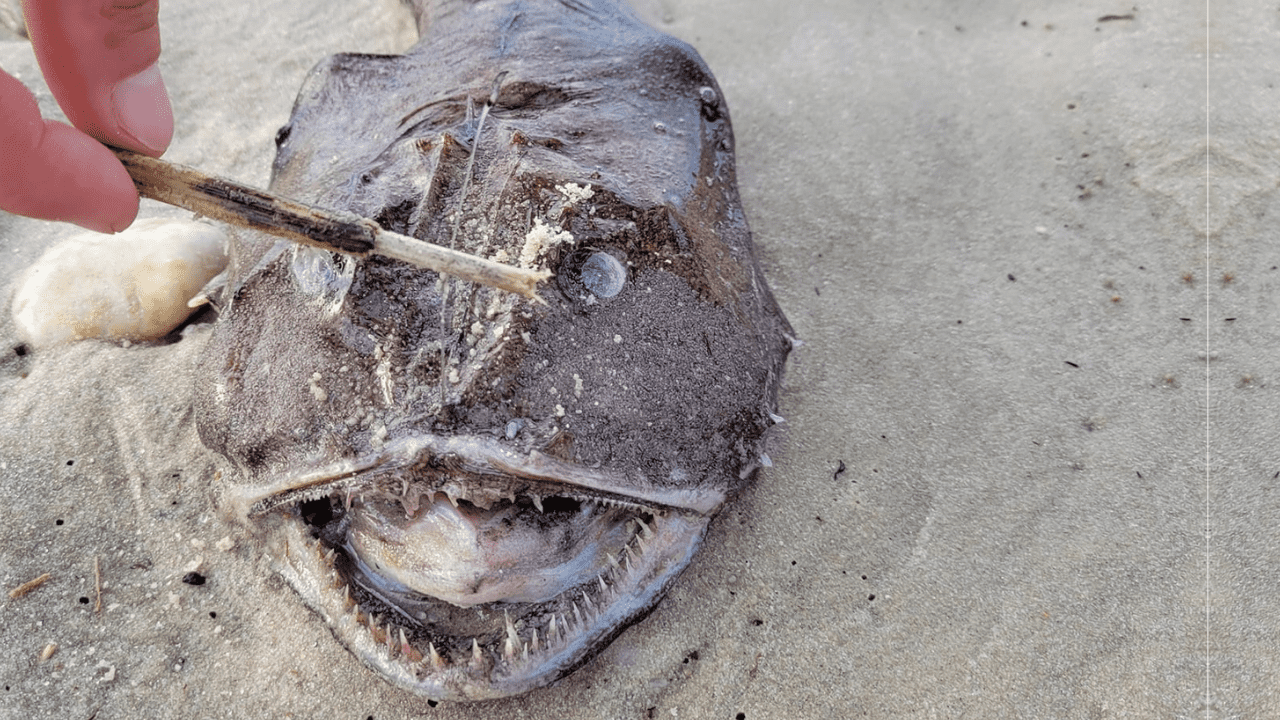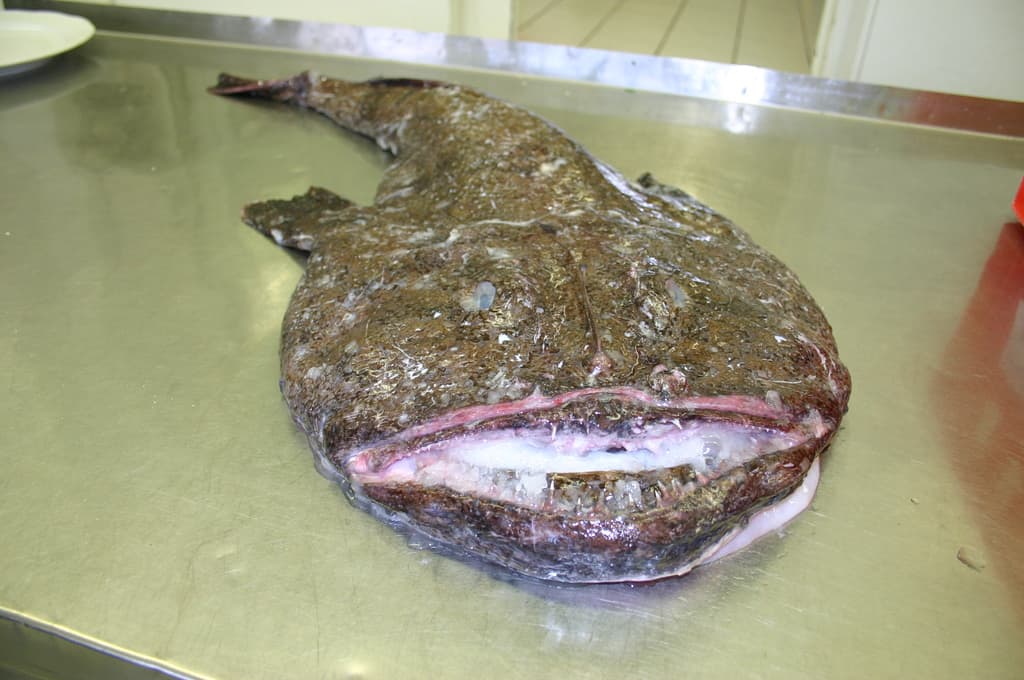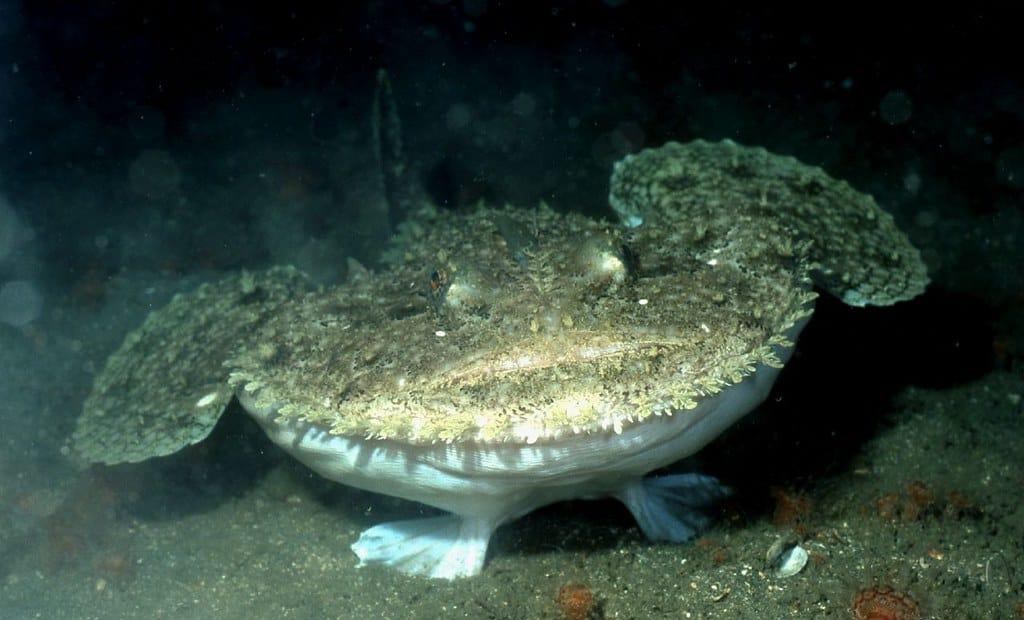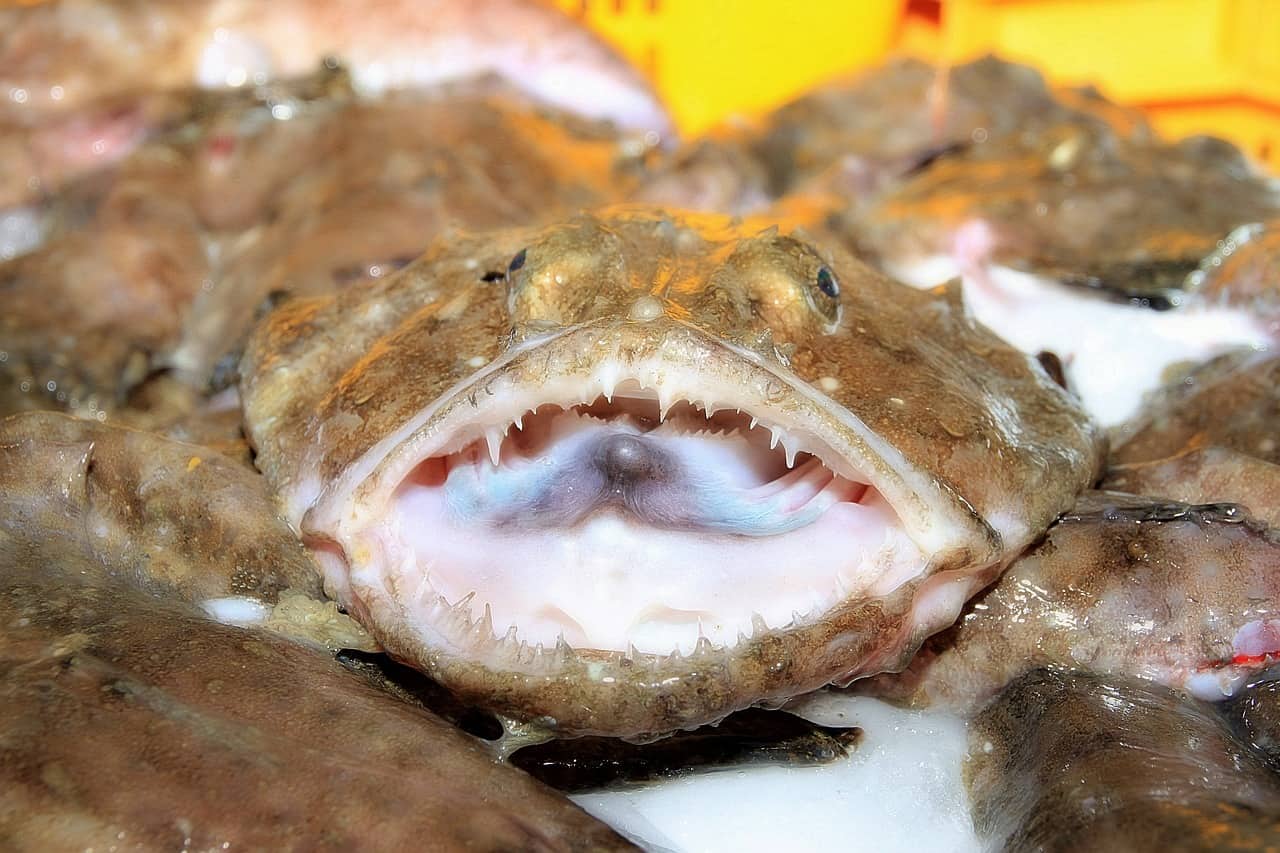Answering, What Is This Fish?
One amazing thing about living at the shore is that you experience things you would never get to see anywhere besides an aquarium.
Last year Maureen Klotz Sacco was walking the Cape May beach and came across this fish. It has passed and washed up. Not knowing what it was she reached out to the Facebook group “Cool Cape May.”

Answering, What Is This Fish? – A Monkfish
This creature had two massive eyes, a large mouth, massive teeth, and a long skinny body. The photo was shared like wildfire since this thing looks terrifying.
Let’s break down what we know about this fish.

Also See: Hidden Grave On the Garden State Parkway
Monkfish, scientifically known as Lophius piscatorius, is a unique and fascinating marine creature that resides in the depths of the North Atlantic and Mediterranean Sea. Also referred to as anglerfish or goosefish, the monkfish is renowned for its bizarre appearance and extraordinary predatory abilities.
At first glance, the monkfish might appear rather intimidating. Its body is stout and muscular, typically measuring around 3 to 4 feet in length and weighing up to 50 pounds. The most distinguishing feature of the monkfish is its enormous mouth, lined with sharp, recurved teeth that give it a menacing appearance. The mouth acts as a natural lure to attract unsuspecting prey.

Monkfish have a broad, flat head and a tapering body, which enables them to lie in wait on the seabed, patiently waiting for prey to pass by. Their skin coloration can vary, ranging from mottled brown to a dark, almost black shade, providing excellent camouflage against the ocean floor.
This adaptive coloration helps the monkfish blend seamlessly with its environment, making it an efficient ambush predator.

From a culinary perspective, monkfish is highly prized for its firm, white flesh, and mild flavor. It is often regarded as the “poor man’s lobster” due to its similar texture and taste. Despite its intimidating appearance, monkfish is a delicacy in many cuisines and is commonly featured in seafood dishes and recipes around the world.
Also See: The Haunted Grave on the Cape May Beach
In recent years, concerns have been raised about the sustainability of monkfish populations due to overfishing. To address this issue, various regulatory measures and sustainable fishing practices have been implemented to ensure the long-term viability of monkfish stocks.

If you are visiting the Jersey Shore and come across any strange fish, shoot us a message.
Check out these other Wildwood videos
